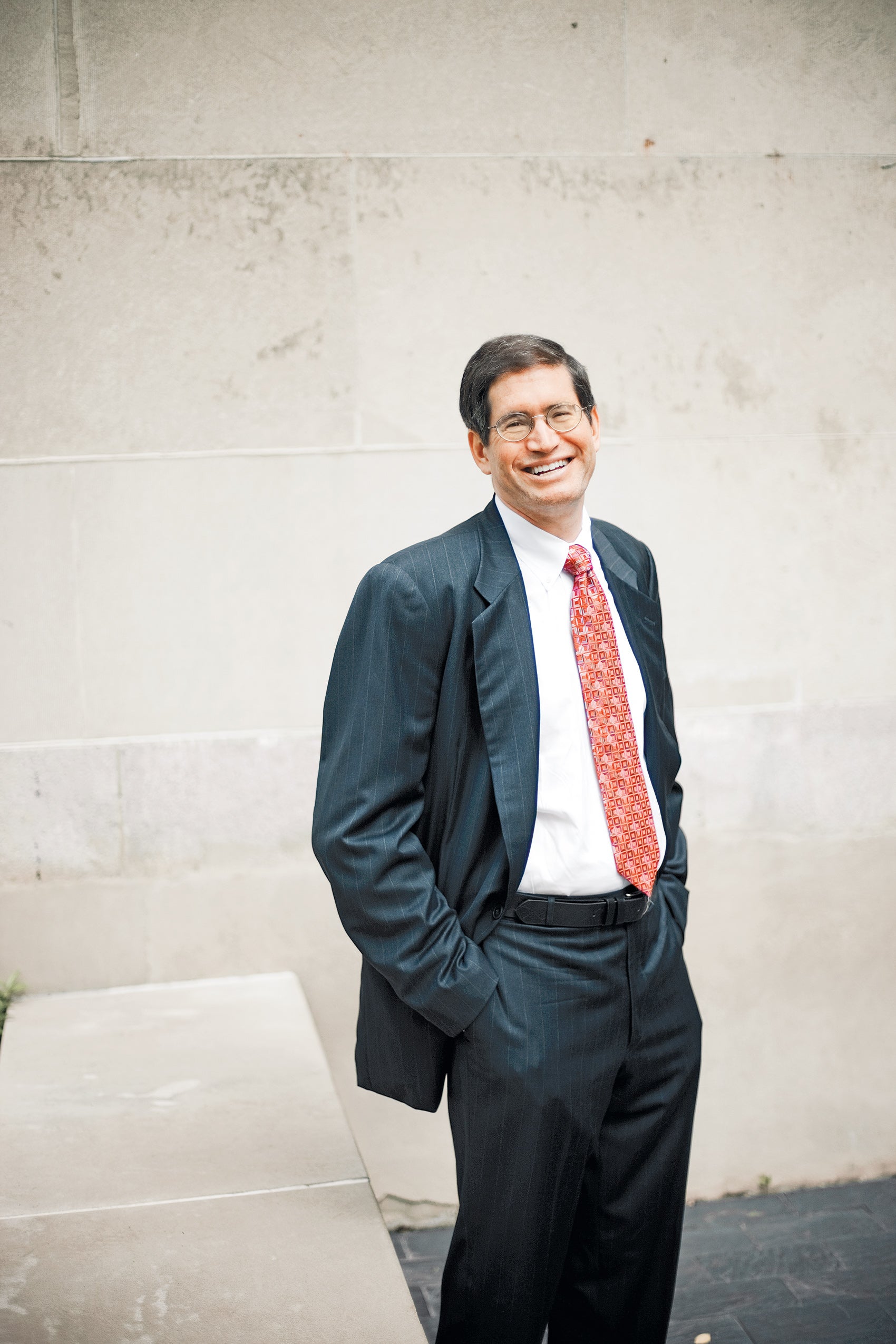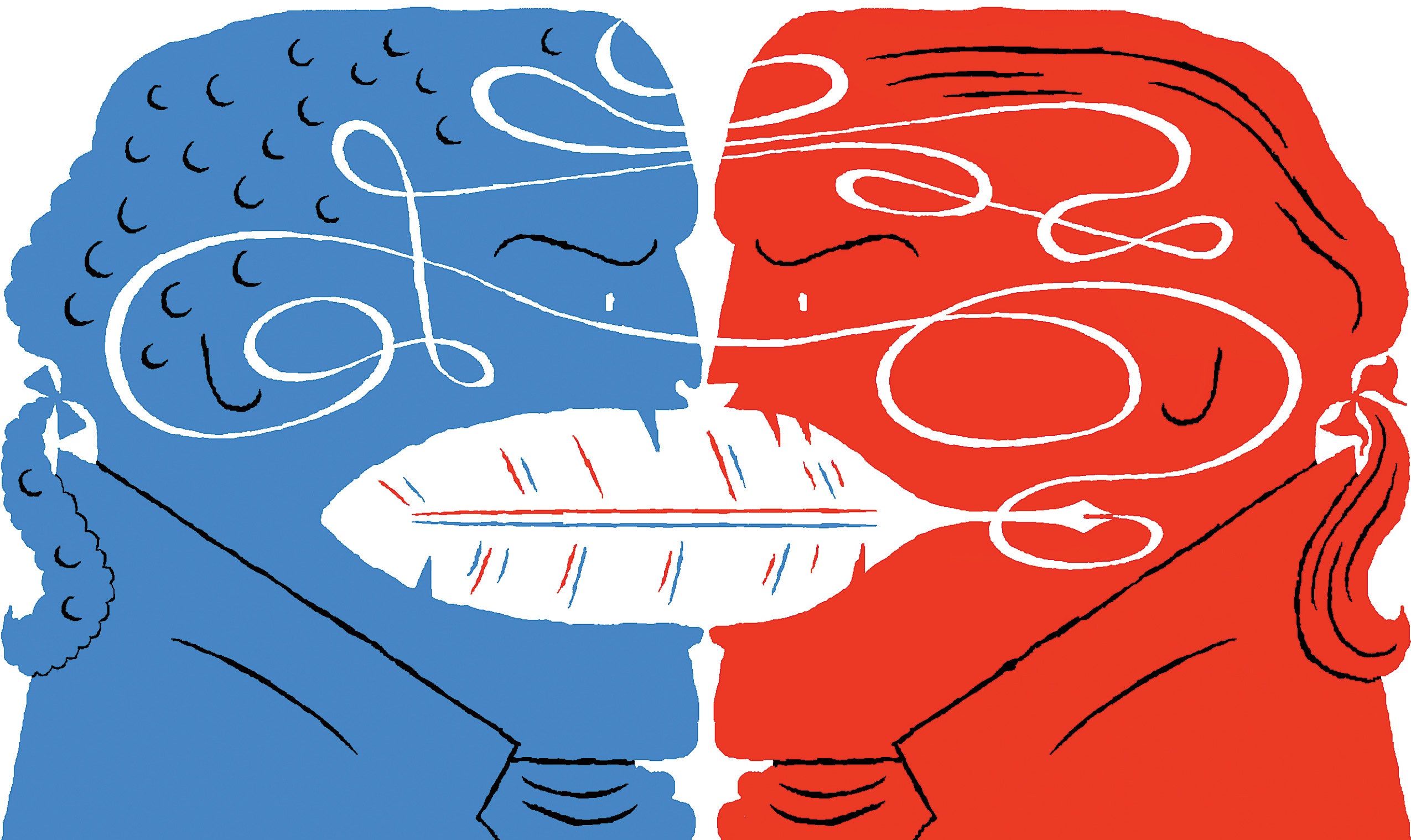Professor Michael Klarman’s “The Framers’ Coup: The Making of the United States Constitution” gathers for the first time in a single volume the tumultuous story of the 1787 creation of our nation’s founding document, in the kind of rich detail earlier reserved for multivolume works.
This boldly themed and fast-paced book is both comprehensive and corrective: an 800-page vehicle for demythologizing a Constitution that was widely worshiped from the start, as if born under “the special influence of Heaven,” wrote a contemporary Federalist.

Klarman, a constitutional scholar and winner of the prestigious Bancroft Prize for history, acknowledges America’s veneration for the Constitution, but he deploys relentless detail to scrub away myths about how the document was made or who made it. Those men, observed Benjamin Franklin, were wise but also brought with them “all their prejudices, their passions, their errors of opinion, their local interests, and their selfish views.”
Some of them, in the author’s central metaphor, pulled off a “coup,” a soft-power uprising by America’s earliest aristocrats. “They hijacked the process of constitution-making,” said Klarman in an interview, “to create a document very different from what most Americans expected or desired.”
The messy backstory of this venerable document will surprise many readers. “Because the Constitution has become so critical to the self-conception of Americans,” Klarman writes, “it is difficult to accept the uncertainty and contingency of its adoption.”
The “coup” was the result of a combination of luck, organization, better oratory and the zeal of Virginia’s James Madison. He set the Constitutional Convention’s agenda, framed its most powerful Federalist arguments, countered what Klarman called “the egalitarian ideology of the Revolutionary War,” spearheaded ratification of the Constitution by the states, and drafted the Bill of Rights.
A revisionist history of our country’s founding document, Michael Klarman’s new book might also have been called “The Nation That Almost Never Was.”
In years leading up to the Constitution, the new nation underwent crises that led many of its elite citizens to crave a strong central government in a way that most of the country did not. Among other things, the “utterly inefficient” United States could not pay its debts, regulate commerce, raise taxes, or compel states to honor treaties or contribute to the federal treasury—all legacy weaknesses of the Articles of Confederation, whose “perpetual union” lasted from 1781 to 1789.
Economic downturns follow most wars, and by 1785, the American depression had deepened, prompting some states to print their own money to relieve debt. Increasingly, the new nation’s alternate fates seemed to be civil war or monarchy.
Then came Shays’ Rebellion (1786-1787), which to many Americans foreshadowed an anarchic future. When Massachusetts refused to capitulate to debtors’ demands, armed rebels joined in a populist uprising against this perceived economic injustice. The rebellion hurried growing calls for a new gathering of state delegates to replace the failing Articles. It also revealed, wrote Alexander Hamilton, “the amazing violence and turbulence of the democratic spirit.”
The Constitution arose uncertainly from a series of close calls. The Convention, held behind closed doors in Philadelphia from May to September of 1787, was fractious. Afterward, the Constitution was ratified by only the slimmest of margins. The book could have been titled “The Nation That Almost Never Was.”
In the first hundred pages, Klarman details the turmoil that preceded the Convention, including the near-debacle of ceding navigation rights on the Mississippi to Spain and Congress’s efforts to collect taxes from the states. One federal official said it was like “preaching to the dead.”
Within this uncertainty, the Convention seemed like “the sole point on which all future movements will turn,” observed James Monroe.
In Philadelphia, the largest questions were about power. Who would have it, and how much? That often revealed a North-South divide, including on the issue of slavery; many of those disputes were more about commerce than urgent moral questions.
[pull-content content=”
“The founding wasn’t about disinterested political philosophizing,” said Klarman. “It was about bare-knuckled political battles over power and interests.”
“The founding wasn’t about disinterested political philosophizing,” said Klarman. “It was about bare-knuckled political battles over power and interests.”
Two worldviews clashed in Philadelphia: Madison’s Federalist ideal of a powerful central government and the limited government preferred by Antifederalists, who feared that without the right amendments, the Constitution would become an instrument of tyranny. They also feared federal taxes (“free access to our pockets,” wrote one), a corruptible Congress, weakened states that would be swallowed up “in the grand vortex of general empire,” and a standing army that in peacetime would be a “nursery of vice and the bane of liberty.”
The clash of worldviews made ratification by the states tenuous and tumultuous. The Constitution was approved by razor-thin margins. The “coup,” Klarman demonstrates, had succeeded.
The Bill of Rights helped soothe Antifederalist concerns and warded off a Federalist worry: that a second convention would unleash democracy in a way that the closed-door Convention had not.
The final chapter addresses what Klarman calls the Constitution’s “hostility toward democracy.” Elite Federalists “opposed populist influence on government,” he said, and tried to design a national government that would resist it.
On the other side, according to Klarman, Antifederalists “defended the ability of ordinary people to participate in governance, warned that the Constitution would create an aristocracy, and opposed shifting of power from the state to the federal level.”
The Federalist-Antifederalist debate still resonates, he said, as does the Federalist fear “that democratic majorities would be seduced by demagogues.” He added, “I think that is closer to happening in 2016 than ever before in our history.”
The book “ought to raise questions about whether it is wise to bind ourselves to the ‘originalist’ understanding of the Constitution,” said Klarman. “The framers made mistakes, they couldn’t foresee the future, and they were often involved in disputes that have little relevance today.”
Thomas Jefferson seemed to agree. He hoped and believed that the document would be altered by future generations in pursuit of their own happiness. The Constitution, he wrote, is not “like the ark of the covenant, too sacred to be touched.”
